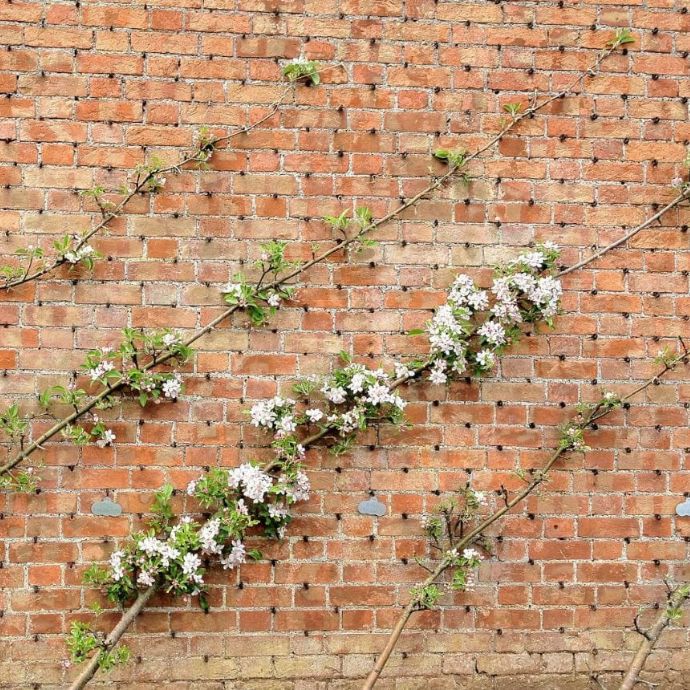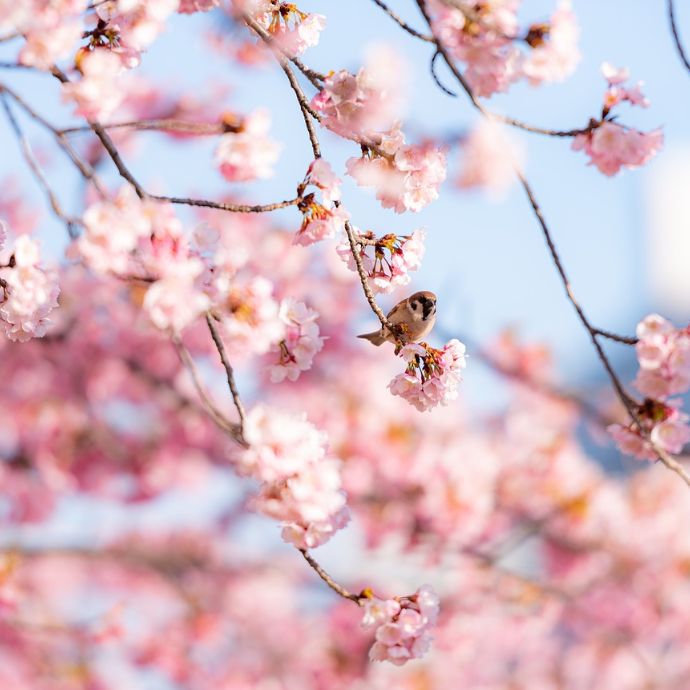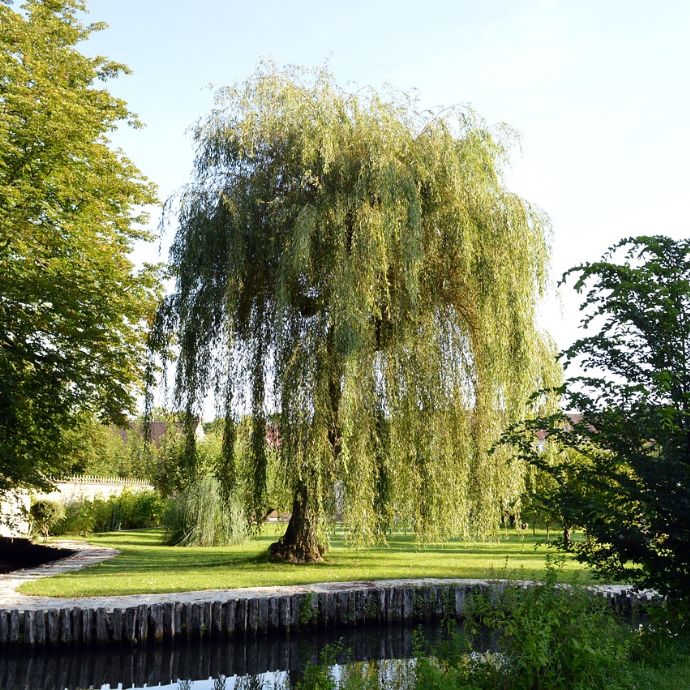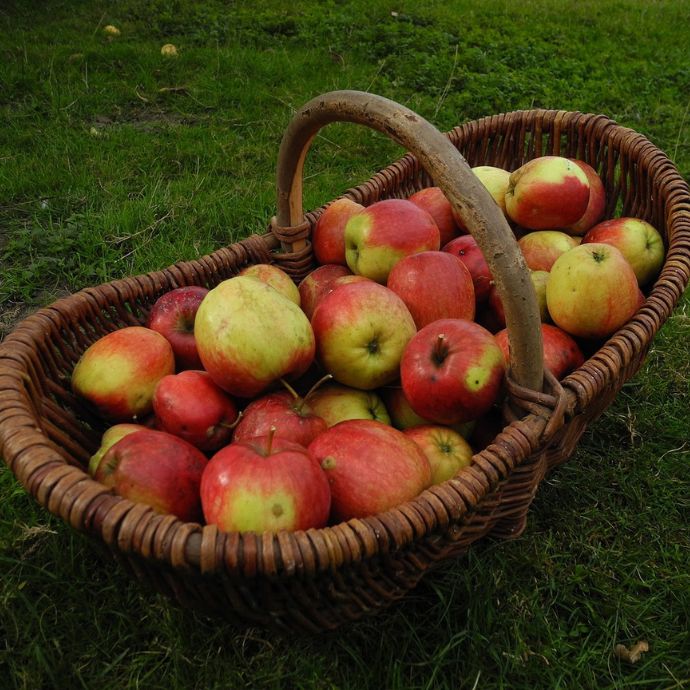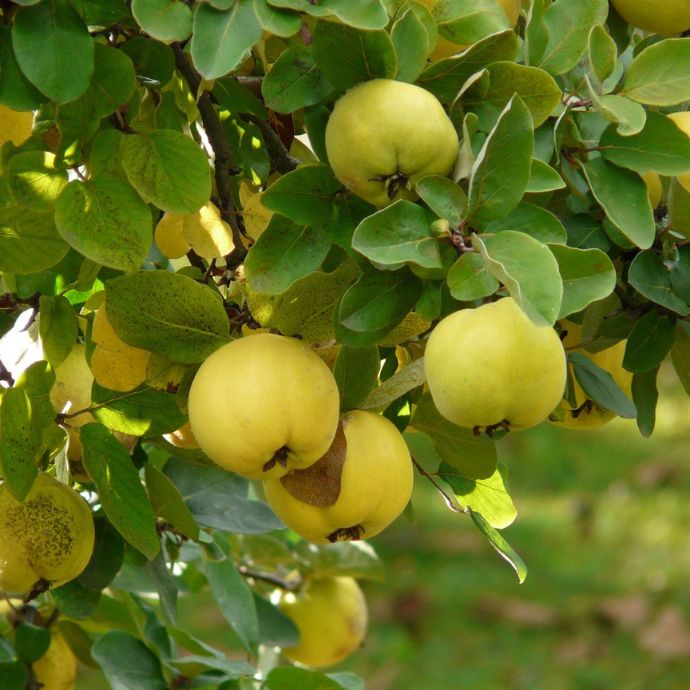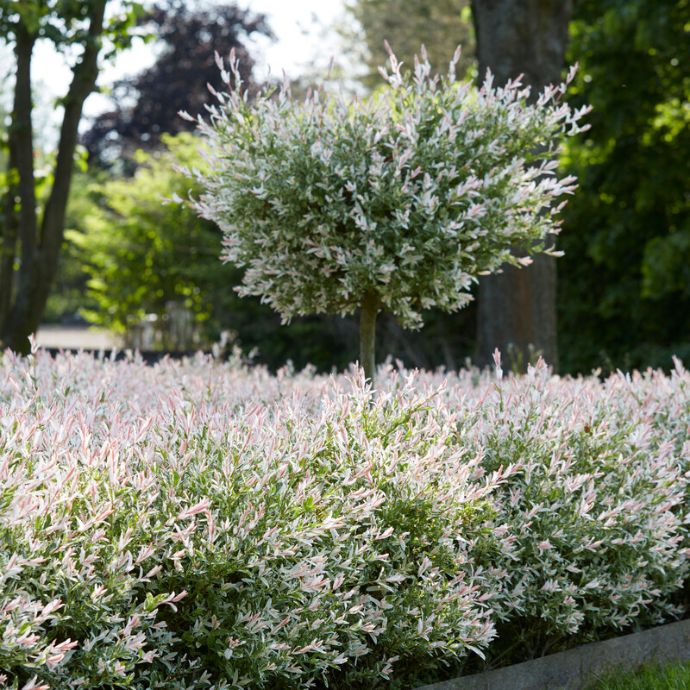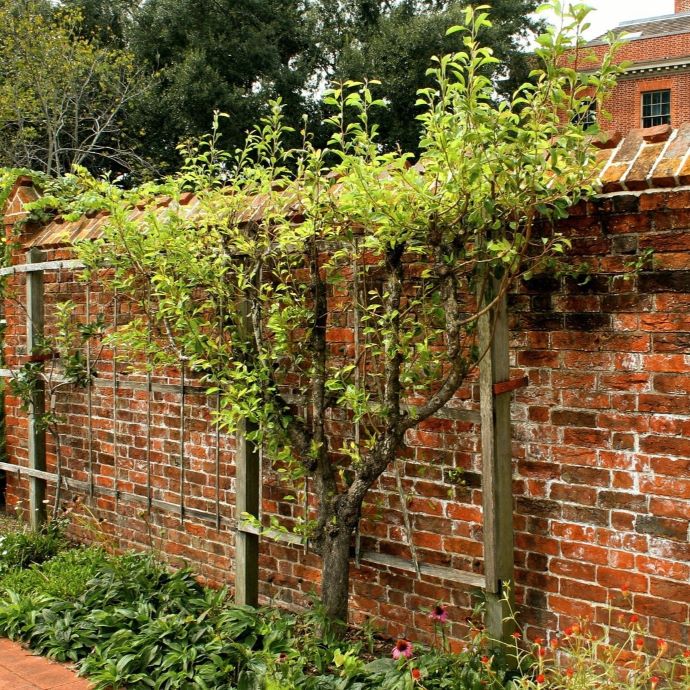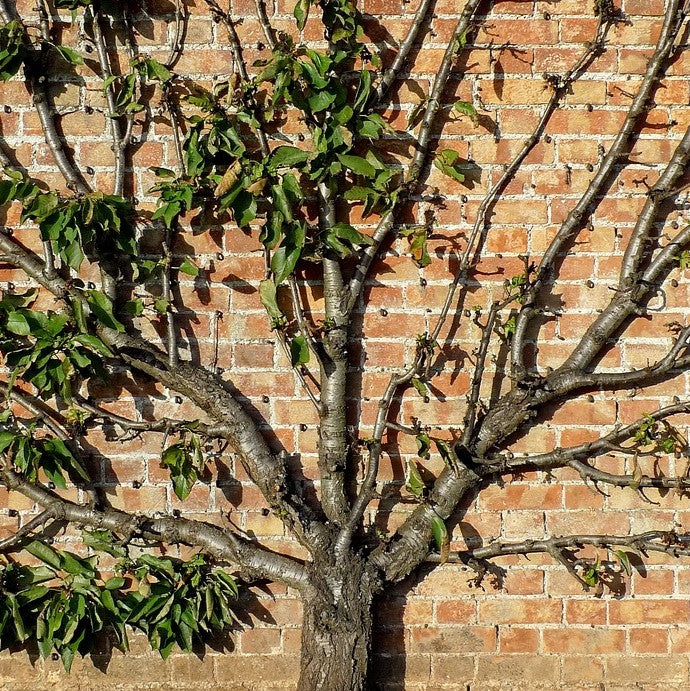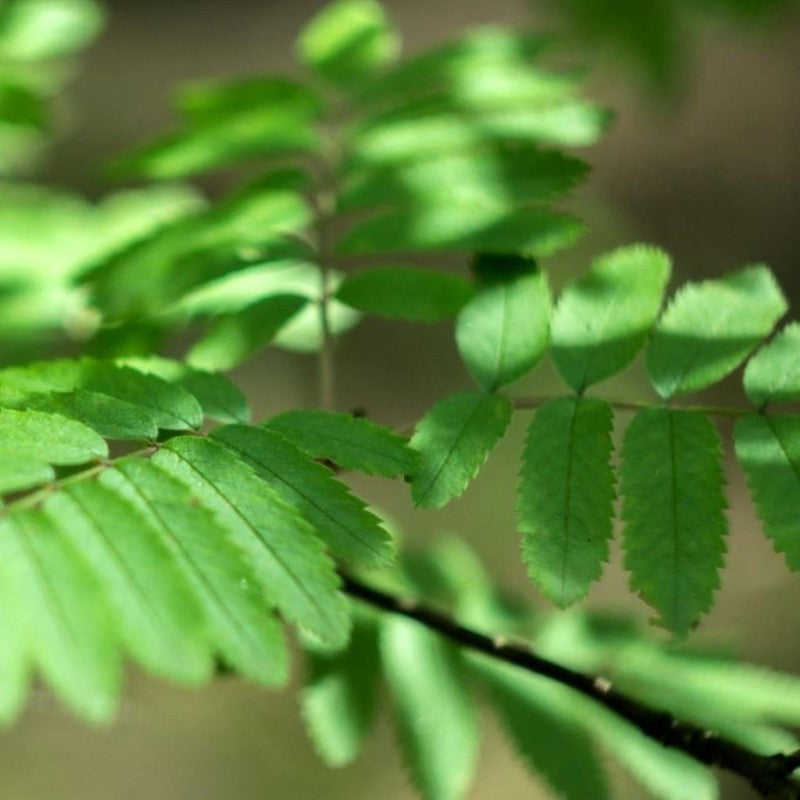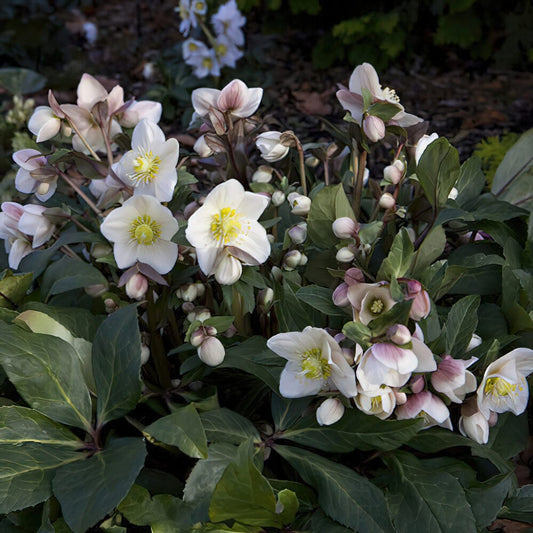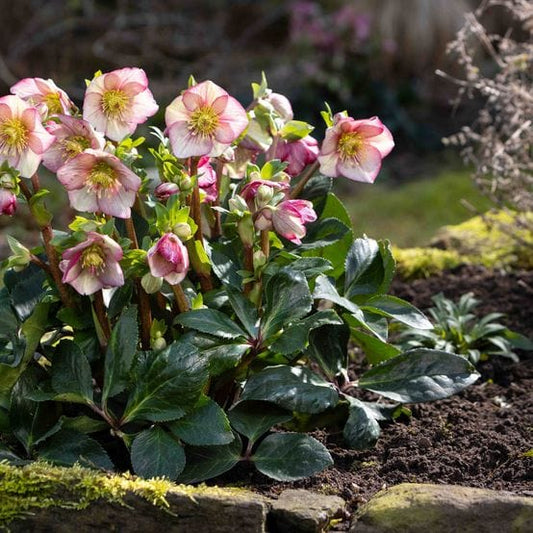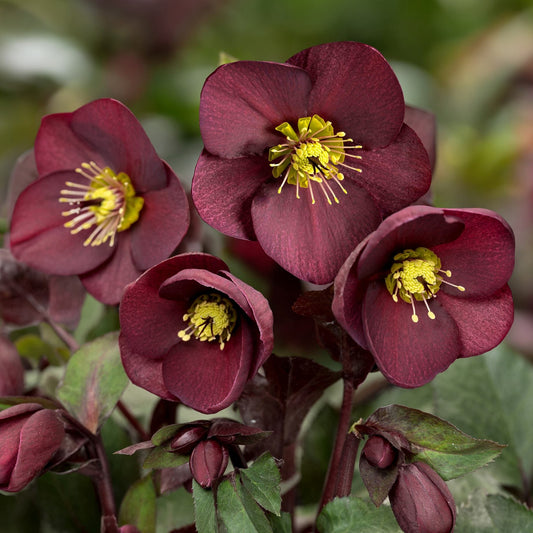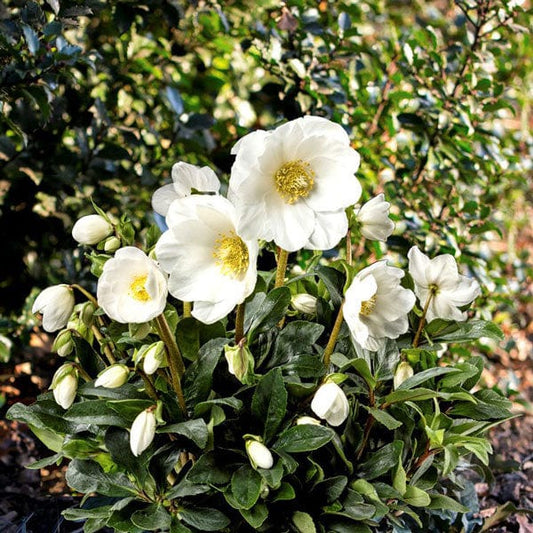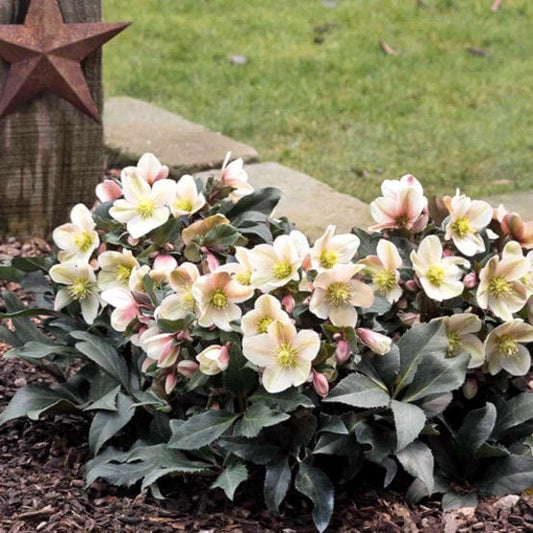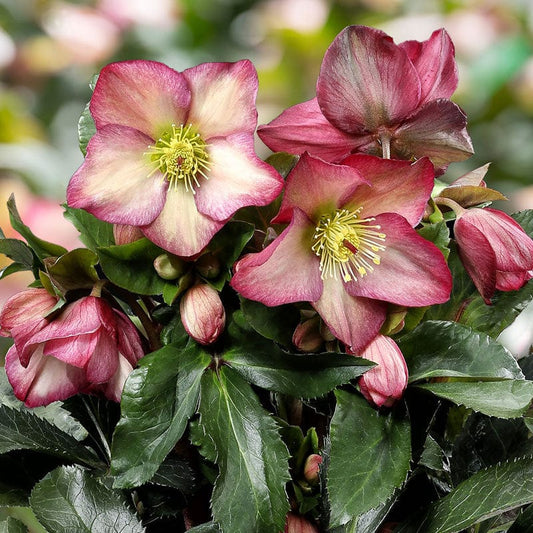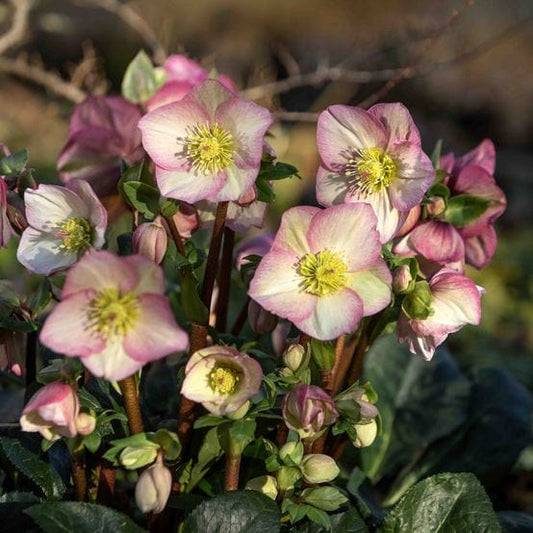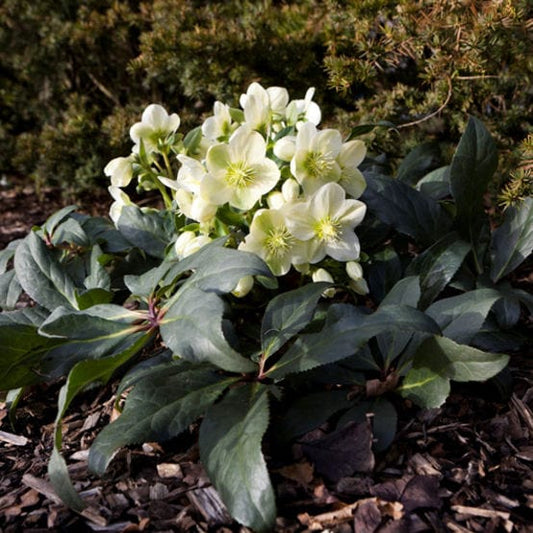Essential Plants for Winter Wildlife
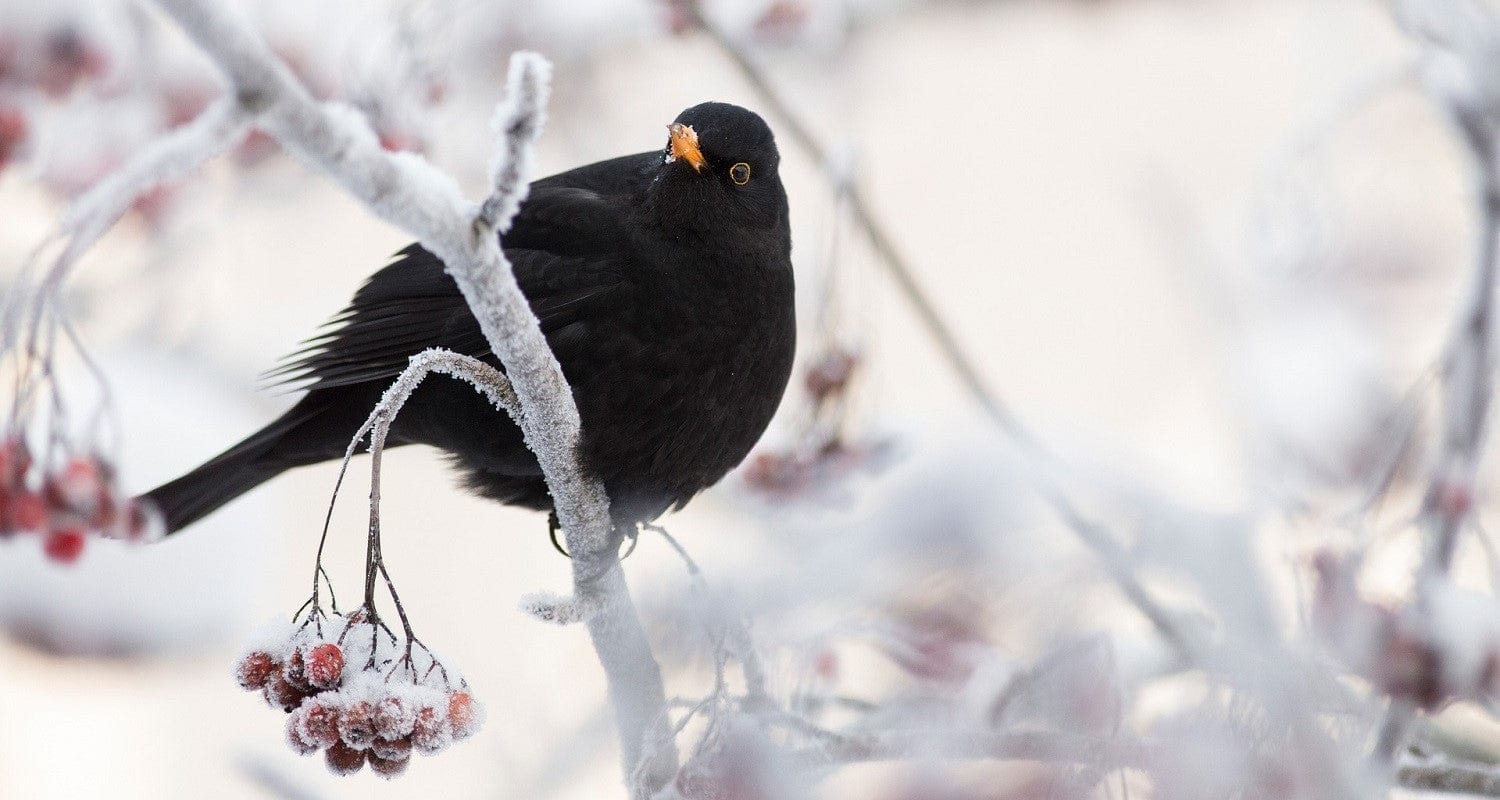
Winter is the ideal time to give a helping hand to the animals that make up your garden’s ecosystem - after all, they work so hard all year round eating pests and aerating your soil! You could hang up some bird feeders (out of reach of cats if you have them) and if you’re handy, build a bug hotel. Even just leaving a pile of fallen branches and leaves in a corner of your garden will provide a habitat for overwintering insects and small mammals.
But the most important thing you can do is to plant trees, hedges, shrubs and flowers which have benefits for winter wildlife - nectar for early emerging bees, fruit, seeds and shelter for the birds and nuts for small mammals.
Naturally if they’re going to earn their place in your garden, these plants also have to be interesting, colourful and easy to look after! We asked our expert growers which plants tick all the boxes and these were their top choices.
Jump to:
1. Food for the birds
Although many birds fly to warmer countries for the winter, there are plenty that stay at home, including tits, robins, starlings, sparrows, wagtails and finches. In order to keep warm in sometimes freezing temperatures, they need to eat rich food that’s high in energy, and that’s where your garden comes in! Instead of cutting back dead flower stems and seed heads on perennials like echinacea, sedum, teasels, cardoons or eryngium, leave them over winter for the birds to snack on - you could even grow some specially. Seeds are high in essential fats and they’ll also find overwintering insects hiding in the stems.
Brightly coloured rowan berries and crabapples appear in autumn and remain on the trees’ branches throughout the winter to provide a nutritious banquet for blackbirds, thrushes, fieldfares, waxwings and many more bird species. The berries of yew, hawthorn, cotoneaster and holly are all popular choices with discerning diners - and these trees all look fantastic in the garden year-round too.
2. Nectar for bees
Even if you don’t see many in winter, bees - particularly solitary species - are still there hibernating in the corners of your garden and venturing out on warmer days to forage for food. By growing winter flowering plants, you can help honeybees, furrow bees; buff-tailed, early and tree bumblebees to survive until the weather warms up. Our growers recommend January-blooming Daphne, pollen-rich Hellebores or bright yellow flowering Mahonia for places that don’t get much winter sun.
And don’t forget the trees - Grey Alder’s catkins are rich in nectar, bloom from late February well into spring and are followed by hard, green, long lasting fruits to keep the birds fed. Winter Flowering Cherry gives you the rosy pink clusters of sweet scented flowers that everyone loves about cherry blossom trees - but from November to March. Just in time for the spring varieties to take over!
3. Shelter for birds and beasts
Hawthorn trees (and their near relative Blackthorn) are excellent all-round wildlife trees or hedging, due to their pollen-rich flowers and winter fruits. Where they have a (sharp) edge, however, is as nesting or sheltering places for birds. Their thorny branches provide natural security from predators for a range of birds including blackbirds, redwings, fieldfares, chaffinches, starlings and greenfinches. Evergreens like Yew and Holly trees are vital for birds and small mammals to shelter throughout the winter from any predators who’d easily spot them in a leafless deciduous tree. Evergreen climbers such as Ivy, Ceanothus and others also provide a habitat for countless insects, with the flowering varieties such as Clematis Cirrhosa and Winter Jasmine also proving a good source of nectar for those early pollinators.
4. Nuts for squirrels
Squirrels don’t hibernate, but they do stockpile energy-rich food for the winter before retreating to their cosy nests and who can blame them? Help squirrels as well as dormice and wood voles by planting a nut tree and sharing your crop - you might even attract birds such as nuthatches and woodpeckers! The easiest nut trees to grow are hazelnuts - also called cobnuts or filberts - but you’ll also attract a good variety of creatures by planting a walnut or sweet chestnut tree.
Choose the right nut tree for your garden.
5. Hedge your bets
Planting a wildlife friendly hedge with a mixture of native plants is one of the best all-round ways to attract wildlife to your garden, providing food, nesting sites and shelter for birds as well as nectar for bees and hiding places for hedgehogs. Even better, it won’t take up all your space and will provide a natural screen against wind and bad weather for your other plants. Our wildlife hedging collection includes Hazelnut, Hawthorn, Crabapple, Sweet Cherry, Rowan and more, making it easy to create a beautiful living hedge which will attract wildlife to your garden for many years to come.
Last updated: 13/11/2023

